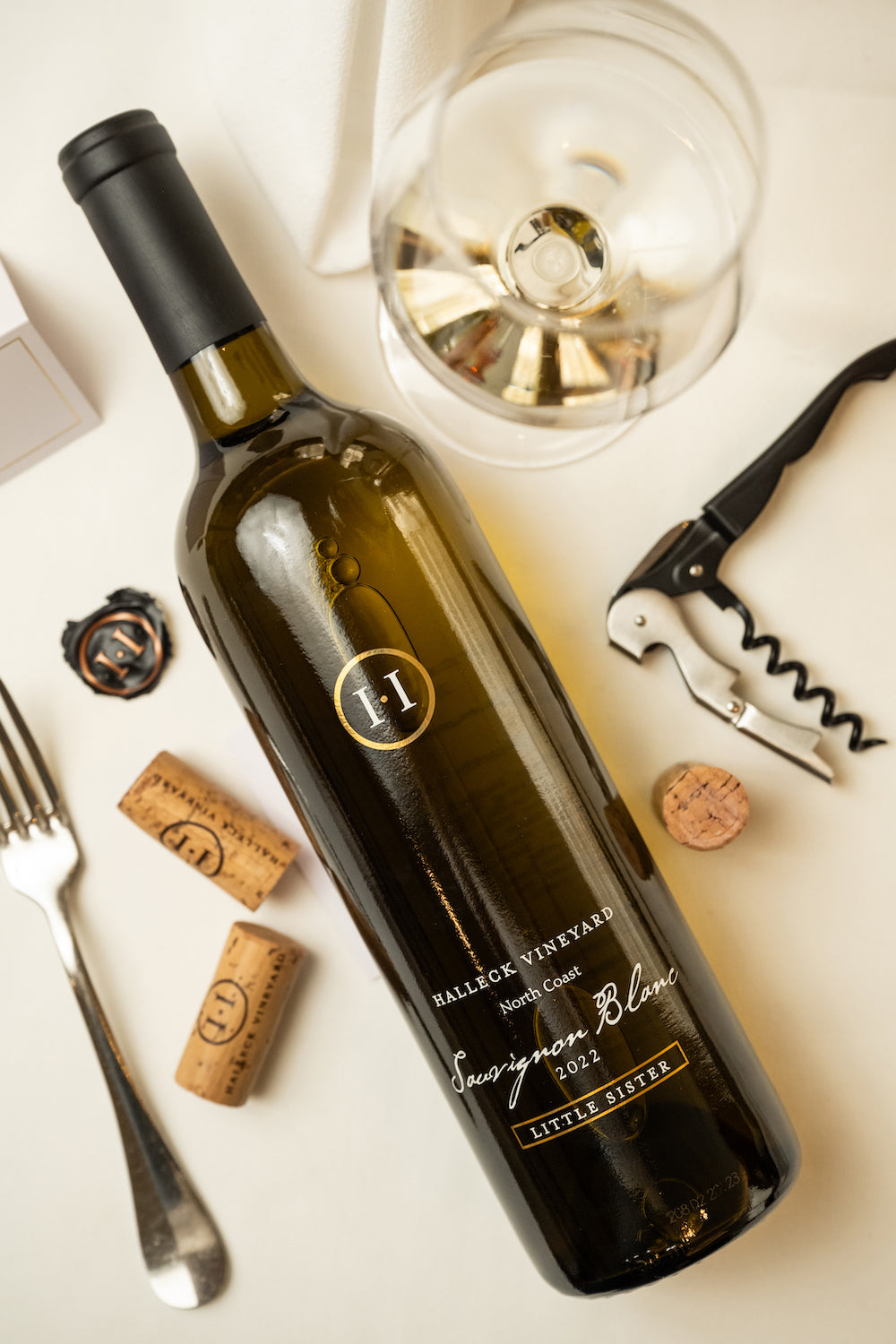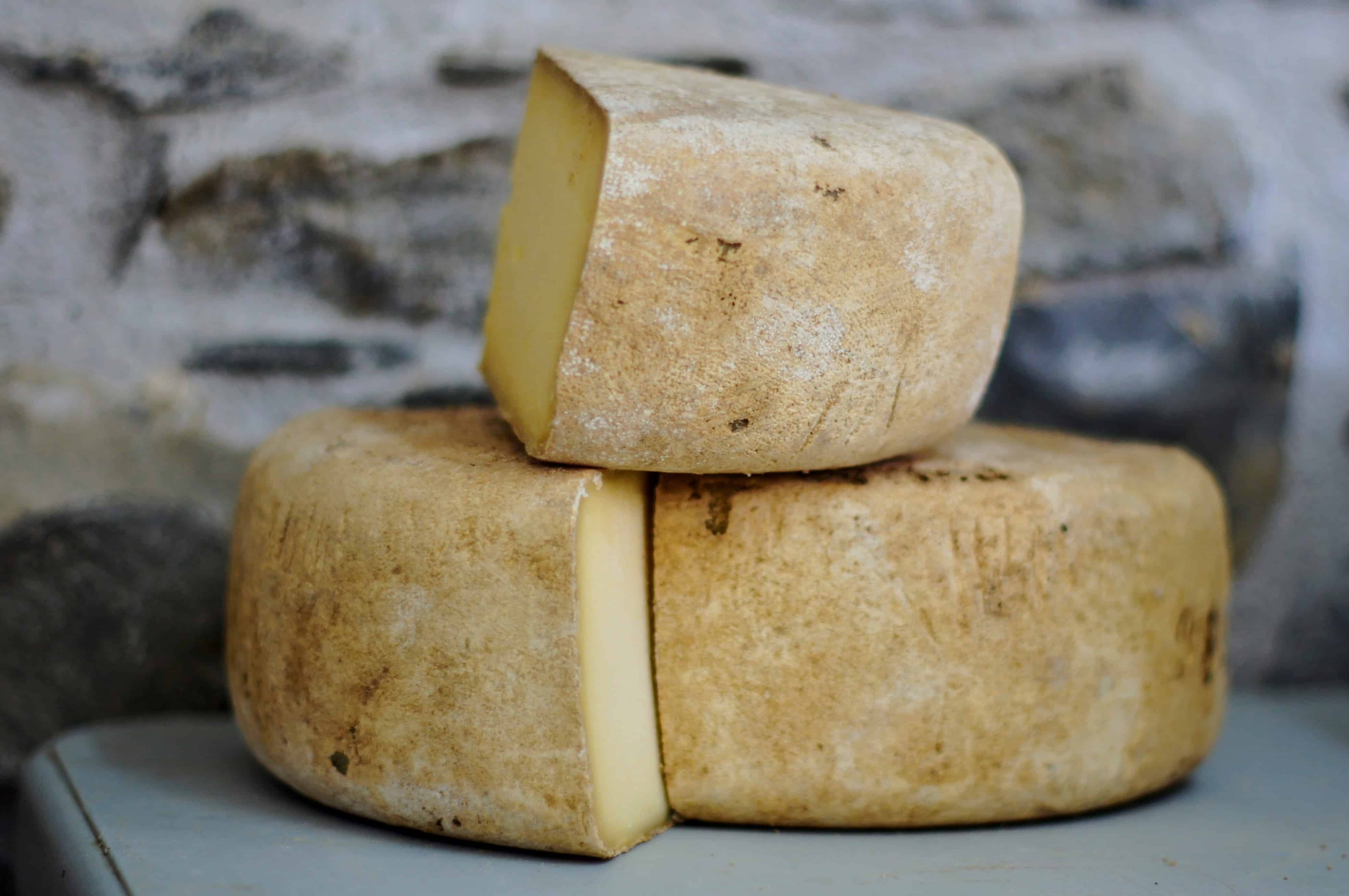Charming Wineries Offering Wine And Food Pairings - Wineries To Explore In Sonoma Valley
Wine tasting is an art that combines sensory experience with an appreciation for the nuances of different varietals. How to gauge flavors in winery wine tasting periods is pivotal to grasping the complexities of wine.
Engaging in a wine tasting involves greater than simply sipping and savoring. It requires a targeted method to establish aromas and flavors that each wine presents. As you start, observe the wine's appearance, noting its color and clarity. These visible cues typically recommend a wine’s age, grape variety, and even potential flavor profiles.
The next step within the tasting course of is to swirl the wine in your glass. This motion releases aromatic compounds which would possibly be important for analysis. Lean in and take a second to inhale deeply; the aromas can range from floral and fruity to spicy and earthy. The nostril of the wine is simply as necessary as the palate, and recognizing scents plays a major function in understanding the overall experience.
When taking your first sip, allow the wine to maneuver throughout your palate - Wine Tasting Trails In Sonoma Valley. Discover the initial flavors that present themselves. Is the wine fruity, floral, or maybe herbaceous? This initial taste gives perception into what the wine is prone to express as you proceed to gauge it. The mouthfeel also contributes to the general flavor experience; it could be silky, tannic, and even effervescent.
Eco-Friendly Wineries In Sonoma County - Vines And Views In Sonoma Wine Country
As you proceed tasting, pay consideration to the wine’s steadiness. A well-balanced wine will harmonize acidity, sweetness, and tannins. If one element overwhelms the others, it would point out a less fascinating quality. Evaluating stability can help you determine how well the wine would possibly pair with food.
Transitioning to the end, contemplate how the flavors evolve because the wine lingers on your palate. A long, nice end can point out a high-quality wine, while a short or abrupt end would possibly counsel in any other case. Reflect on whether the flavors stay constant or if new notes emerge as the wine settles. This progression can reveal complexities and intricacies that may not have been obvious in the initial tasting.
Temperature can additionally be an important think about evaluating wine flavors. Different types of wine are optimally loved at specific temperatures. White wines usually shine when chilled, whereas red wines typically perform best at room temperature. When tasting, make certain the wine is at the appropriate temperature to totally respect its character.
Wineries Providing Guided Vineyard Walks - Vineyard Visits And Wine Tasting In Sonoma
Pairing food with wine can tremendously improve the tasting experience. Meals can influence the perception of flavors in wine, both highlighting sure characteristics or diminishing them. When evaluating flavors, consider how the wine interacts with different meals, noticing which flavors are amplified or muted (Wineries Offering Virtual Wine Tastings).
Consider the affect of terroir as you engage in a winery tasting. Terroir encompasses the distinctive environmental elements that have an effect on grape growing, together with soil composition, climate, and geography. Understanding a wine's terroir can present insight into its flavors and aromas, fostering a deeper appreciation for the alternatives made throughout its cultivation and production.
Training plays a elementary function in enhancing one's ability to judge wine flavors. Studying about grape varieties, wine regions, and manufacturing strategies can pave the means in which for more knowledgeable judgments during tastings. Additionally, attending workshops or classes can refine sensory skills and broaden your flavor vocabulary, enabling you to articulate tasting notes more successfully.

Lastly, it's important to remember that evaluating wine flavors is a extremely personal experience. Particular Person preferences and perceptions will invariably form one’s tasting journey. Enjoyment must be on the forefront, with the analysis course of performing as a software to boost understanding and appreciation somewhat than create inflexible pointers.
Wineries With Beautiful Architecture - Wineries For Casual Tastings In Sonoma
In conclusion, mastering tips on how to consider flavors in winery wine tasting classes entails a combination of sensory engagement, knowledge, and practice. By learning to determine aromas, assess the steadiness, and recognize the intricacies of flavor, wine enthusiasts can deepen their connection to every bottle they encounter. As with any art kind, the more one immerses themselves in the experience, the more they will discover and enjoy the vast world of wine.
- Begin by observing the wine's colour and readability, as these visual elements can trace at its flavor profile and aging potential.
- Swirl the wine gently in your glass; this releases aromatic compounds, allowing you to better determine the complicated scents associated with the wine.
- Take a deep inhale before tasting, focusing on both primary and secondary aromas to collect insights on fruits, spices, and other nuances.
- When tasting, allow the wine to coat your palate; note the initial flavors, the mid-palate complexity, and the finish as these stages can provide different flavor highlights.
- Pay attention to texture and mouthfeel, as features such as tannin levels, acidity, and sweetness contribute significantly to the general tasting experience.
- Evaluate flavors in opposition to normal wine traits; for purple wines, consider berry notes, oak influence, and natural tones, whereas whites could embrace citrus, stone fruits, and floral hints.
- Take notes through the tasting session to track your impressions, helping you to remember and consider the completely different wines sampled.
- Focus On your findings with fellow tasters or winery employees, as sharing insights can enhance understanding and appreciation of individual flavors.
- Allow time for the wine to breathe; sometimes, flavors evolve and reveal new dimensions after being uncovered to air.
- Experiment with food pairings through the tasting as they will dramatically alter how flavors are perceived, influencing overall enjoyment.undefinedWhat ought to I search for when evaluating the aroma of wine during a tasting?
Start by swirling the wine in your glass to launch its aromas. Convey the glass to your nose and take a deep breath. Pay consideration to the primary scents you detect, as these are often the most distinguished. Look for fruit, floral, herbal, or earthy notes and try to establish specific characteristics, which will deepen go to this website your understanding of the wine's complexity.
Wineries In Sebastopol - A Visit To Sebastopol Wineries

How can I distinguish between totally different flavor profiles in wine?
Understand that flavor profiles are sometimes categorized as fruit, floral, herbaceous, spicy, or mineral. Take small sips and allow the wine to coat your palate. Discover the primary flavors that emerge first and the refined notes that comply with. This layering is essential in distinguishing the wine's traits and will assist you to appreciate its distinctive profile.
Wineries Pairing Wine With Chocolate - Enjoying The Best Wineries In Sebastopol
What is the significance of the wine's texture in a tasting?

The texture of the wine, also identified as mouthfeel, plays a crucial position in how we perceive flavors. Pay consideration as to if the wine feels easy, creamy, or gritty. The physique of the wine (light, medium, or full) can enhance or distinction with flavors, providing a extra rounded experience throughout tasting.
How do I assess the balance of flavors in wine?
Stability in wine refers back to the harmony between acidity, sweetness, tannin, and alcohol. Take a second to assess whether or not these elements complement or intrude with each other. A well-balanced wine will have none of its elements overpowering the others, creating a nice tasting experience.
Hidden Gem Wineries In Sonoma County - Sonoma Wine Tasting Spots
What role does temperature play in evaluating wine flavors?
Temperature can considerably impact the notion of flavors. Generally, purple wines are best served slightly beneath room temperature, while white wines get pleasure from being chilled. As the temperature modifications, the aromas and flavors can shift, permitting you to perceive completely different characteristics. It’s important to style wine at its optimal temperature for true analysis.
Wineries Producing Pinot Noir And Chardonnay - Sonoma Wine Tastings
How can I improve my tasting skills over time?
Practice is vital to bettering your tasting skills. Interactive Wine Tasting Experiences In Sonoma. Attend tastings, hold a journal of your experiences, and explore various kinds of wines to broaden your palate. Moreover, studying about wine production and grape varieties can present context that enhances your analysis process, making you a more knowledgeable taster.
Is there a specific order during which I ought to taste the wines?
Wineries Producing Pinot Noir And Chardonnay - Greatest Wine Tasting Locations In Sonoma
Sure, it’s advisable to style wines from light to full-bodied and dry to sweet. This development prevents the stronger flavors from overshadowing the extra delicate ones, allowing you to completely recognize each wine's traits and nuances with out palate fatigue.
How can I evaluate the aftertaste of wine?
Wineries Known For Their Beautiful Gardens - Sonoma Wine Tasting Recommendations
The aftertaste, or end, is a crucial side of the wine-tasting experience. After swallowing, pay consideration to how lengthy the flavors linger in your palate and whether or not they change. A lengthy, nice end is usually an indicator of a high-quality wine, while a short or unpleasant finish might recommend otherwise.
Why is it important to note the wine’s acidity during tasting?
Acidity contributes to the general freshness and construction of the wine. Pay consideration to the tingling sensation in your tongue; higher acidity can enhance the wine's liveliness and balance out sweetness. Noting acidity helps decide the wine's versatility with food and its getting older potential.
What ought my response to I do if I wrestle to determine specific flavors in wine?
Best Chardonnays From Sonoma Winemakers - Tasting Fine Wines In Sonoma County
Struggling to determine flavors is widespread, particularly for newbies. Focus on broader classes and describe what you presumably can acknowledge, corresponding to candy or earthy notes. With practice, studying about completely different flavor profiles, and maybe utilizing flavor wheels, you may refine your senses and develop a extra nuanced method to tasting.